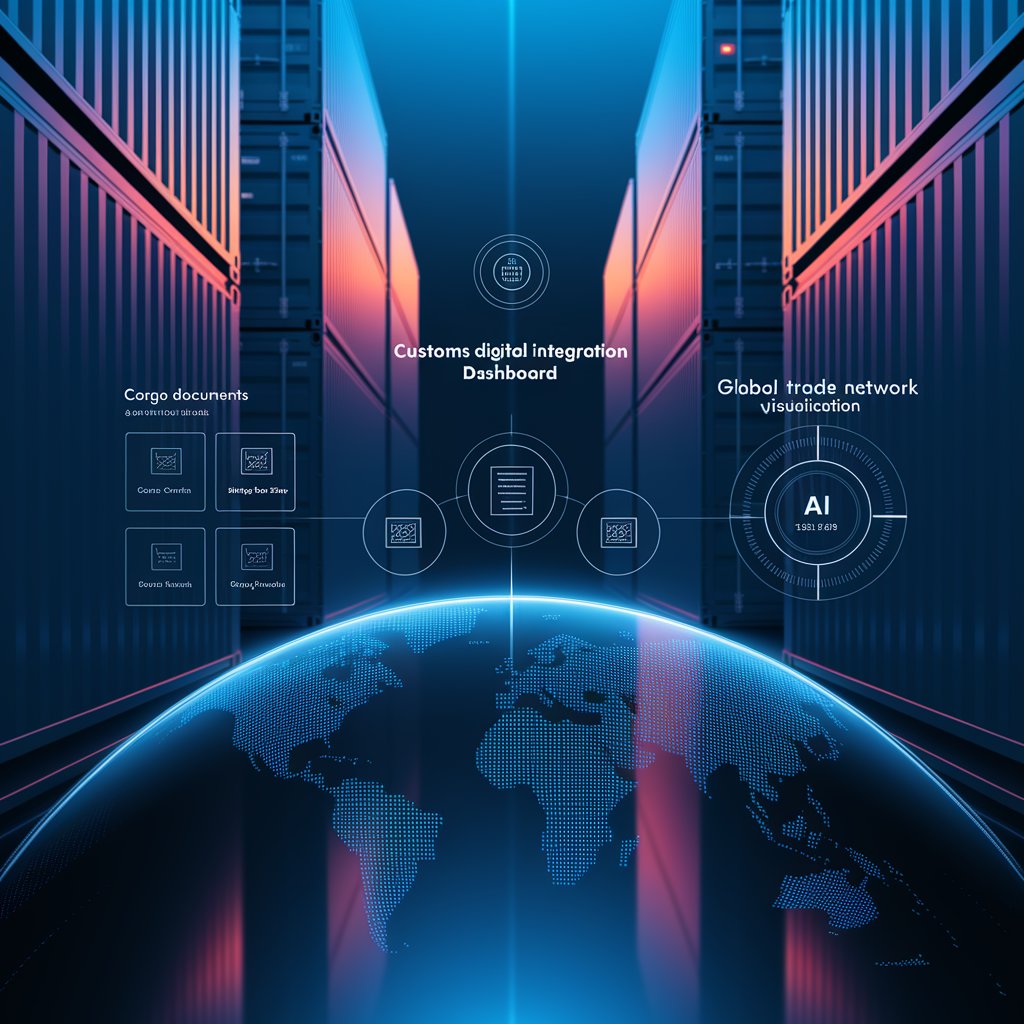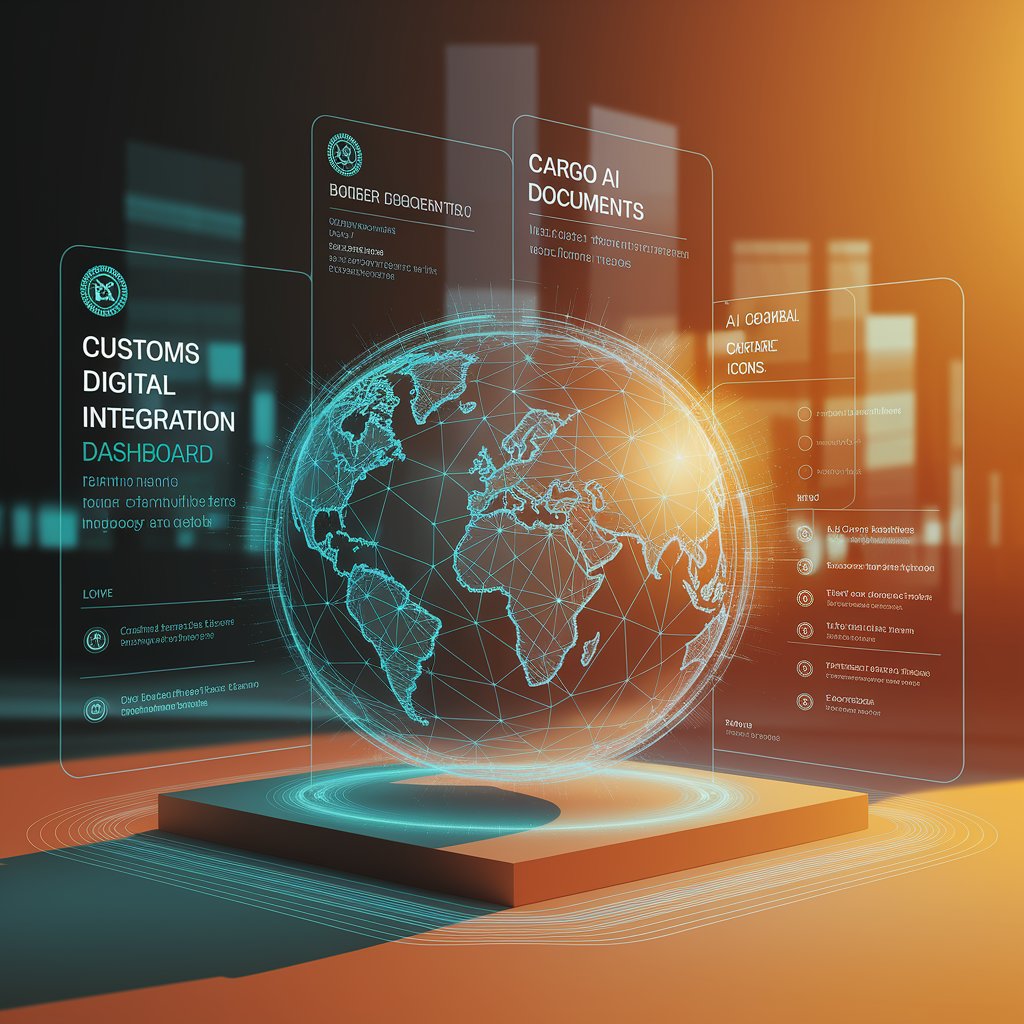Customs Digital Integration: Streamlining Global Trade Compliance

Introduction
This is where customs digital integration comes in. By connecting logistics systems with digital customs platforms, companies can automate filings, ensure compliance, and accelerate cross-border shipments with greater accuracy and efficiency.
What Is Customs Digital Integration?
Customs digital integration is the connection of logistics management systems with government and customs platforms to automate and streamline trade compliance. Instead of manually preparing and submitting documents, integrated systems handle:
- Electronic customs declarations
- Harmonized System (HS) code validation
- Duties and tax calculations
- Real-time clearance updates
- Automated compliance checks

Key Features of Customs Digital Integration
- Automated Documentation: Generate and submit customs forms electronically.
- Real-Time Compliance: Validate cargo against regulations and sanction lists.
- Integrated Duty Calculations: Ensure accurate tariffs and VAT charges.
- Customs API Connectivity: Direct links with customs authorities worldwide.
- Audit and Reporting: Maintain compliance-ready records for inspections.
Benefits for Logistics Providers
- Faster Clearance: Reduce delays at borders and ports.
- Lower Costs: Avoid penalties, storage fees, and demurrage.
- Operational Efficiency: Eliminate manual processes and errors.
- Customer Satisfaction: Provide accurate, real-time shipment updates.
- Global Scalability: Support cross-border operations with seamless compliance.

Real-World Applications
- Freight Forwarders: Automate customs declarations for international shipments.
- Carriers: Ensure fleets comply with customs requirements across regions.
- E-commerce Logistics: Simplify high-volume cross-border clearances.
- Pharmaceutical Logistics: Guarantee strict compliance for regulated goods.
The Future of Customs Digital Integration
With the rise of AI, blockchain, and predictive analytics, will become even more intelligent. Future systems will proactively identify risks, simulate duty scenarios, and use blockchain for tamper-proof customs records. This will transform customs processes from a compliance obligation into a competitive advantage.

Conclusion
Customs digital integration is redefining global trade by automating compliance and accelerating clearance. By connecting logistics platforms directly to customs systems, businesses can reduce costs, improve transparency, and deliver faster, more reliable services. In a world where cross-border efficiency is key, customs digital integration is not just a tool—it’s the future of international logistics.
